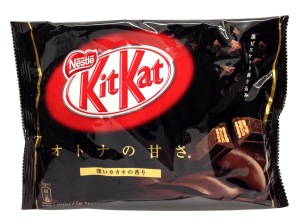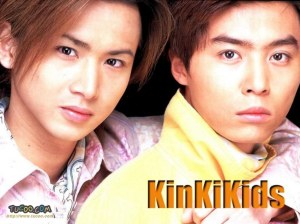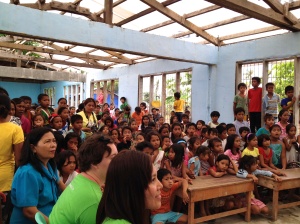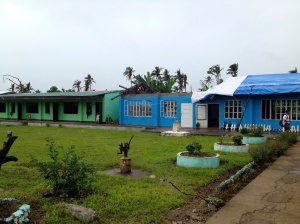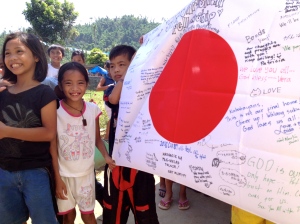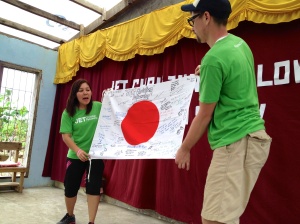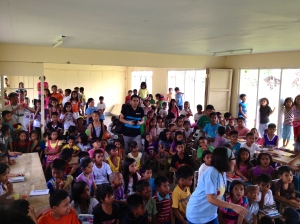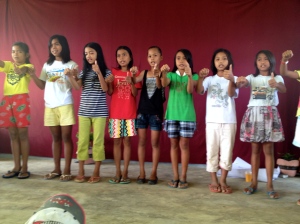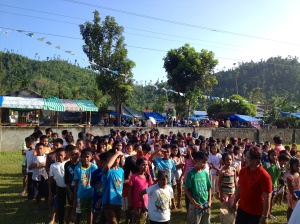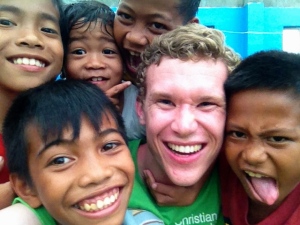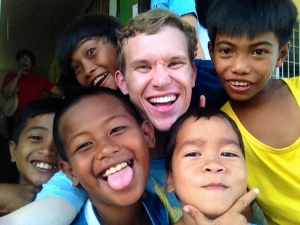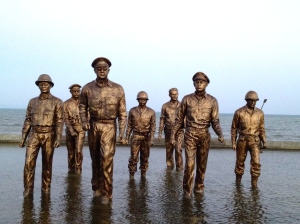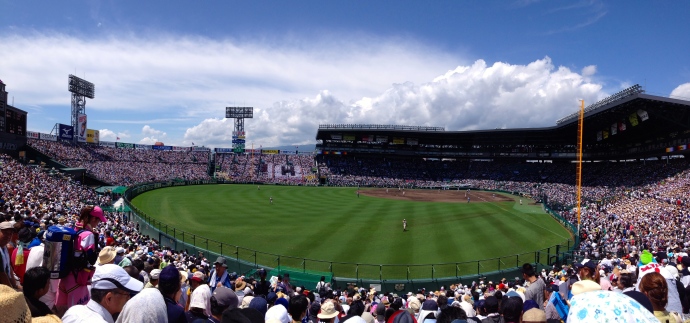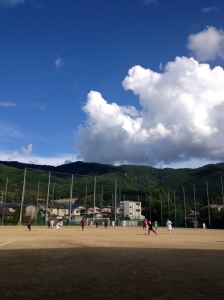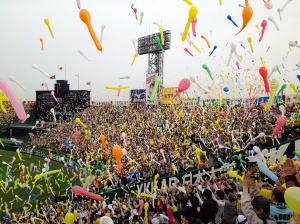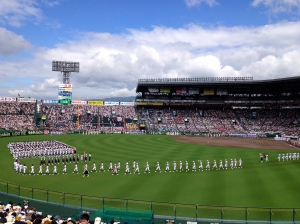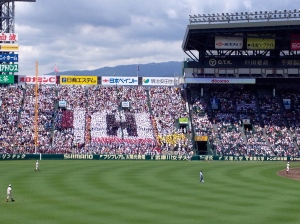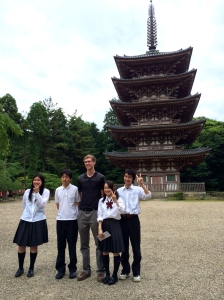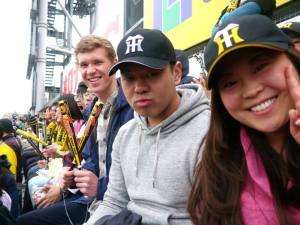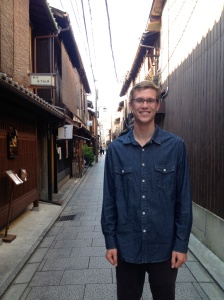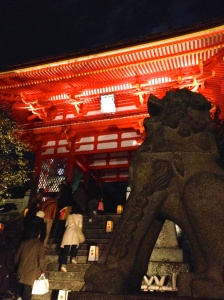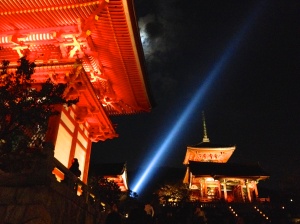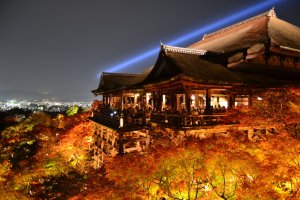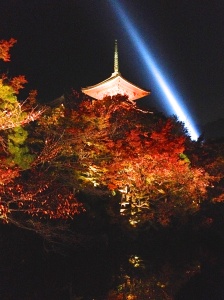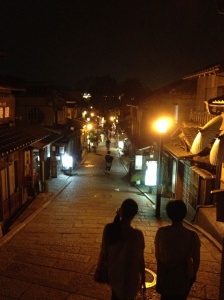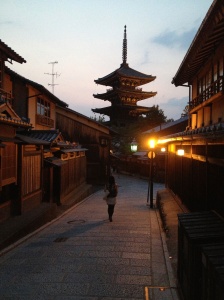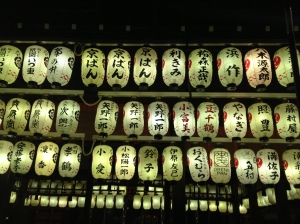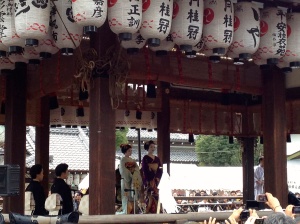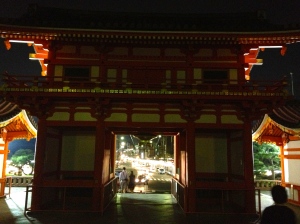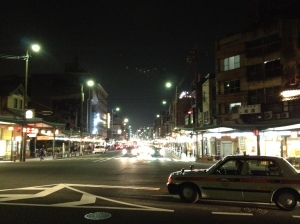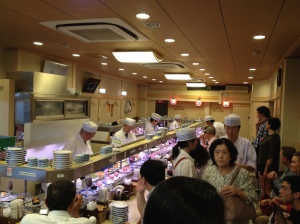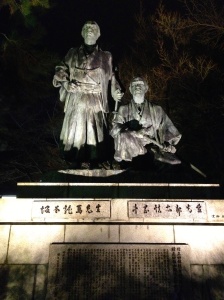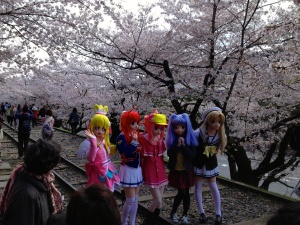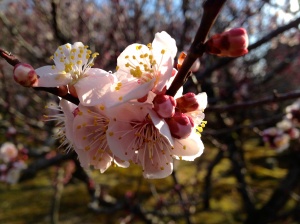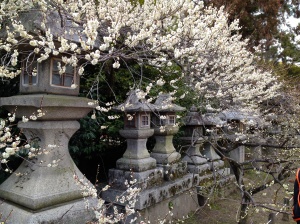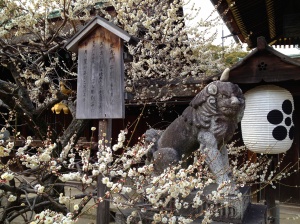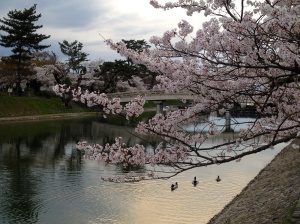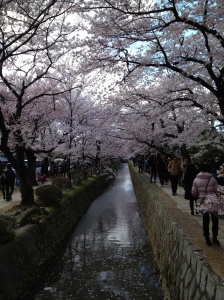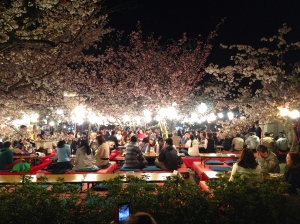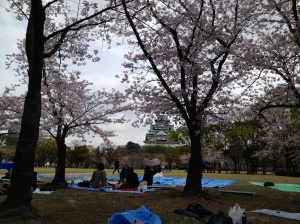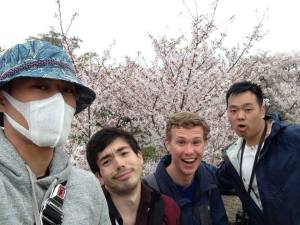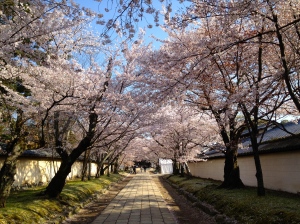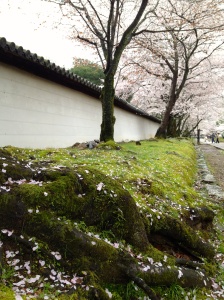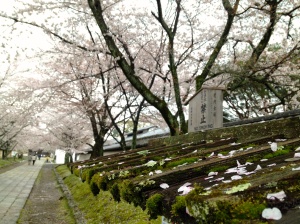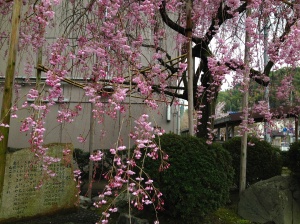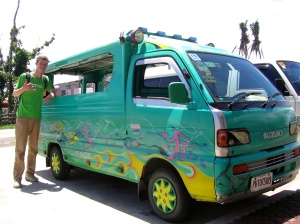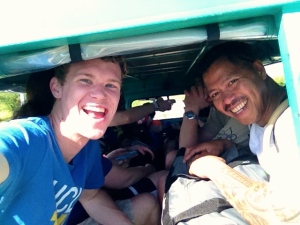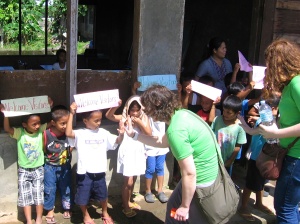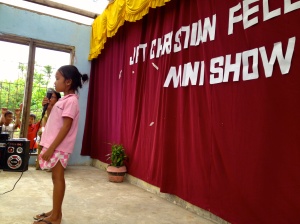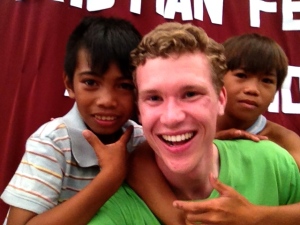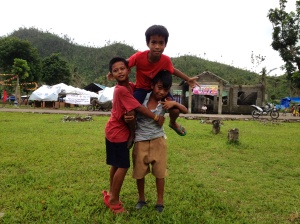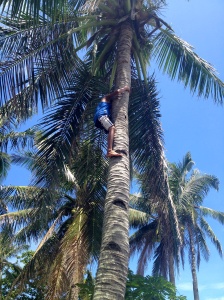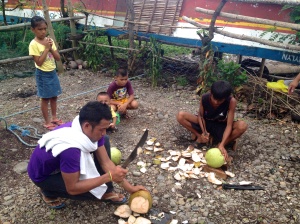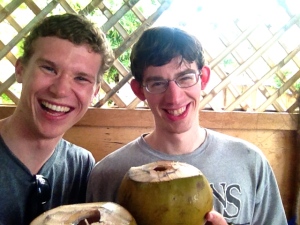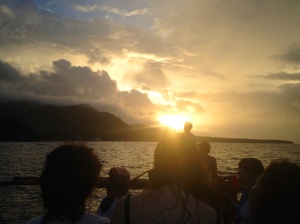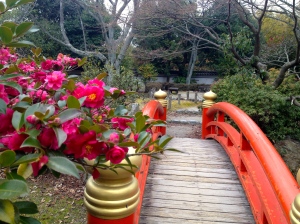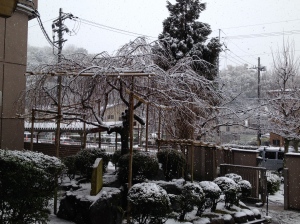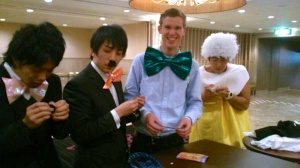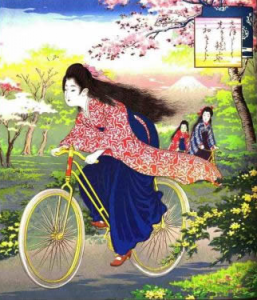
It was a wintry Wednesday night much like any other. As I opened the sliding front door of my pastor’s house, the bitter February air stung my face. The frosty conditions of my extremities were a shocking contrast to the warmth I felt inside – the warmth of good food and good fellowship. I mounted my bike and pedaled off into the stillness of the night. With piston legs and billowing breath I steadily pressed onward down the dark track of asphalt. Like a passenger on the last train home, I eased back in my seat and let my mind wander back to the house fading behind me, where laughter and encouraging words filled warm hearts. I was on autopilot. The steady march of ghostly streetlights slowed to a halt as a red glow hung ahead of me. My foot touched down onto the curb to keep balance as I watched my steamy breath rise with the colors of the lights. That’s when it happened. Like falling icicles my thoughts shattered about me. Eyes wide, I snapped to attention as a dark figure came barreling past me, recklessly transgressing the red glow of the intersection.
***
Bicycles hold an instrumental role in modern Japanese society. Whether for transportation purposes, dedicated fitness, or lighthearted leisure, nearly every resident of Japan has owned a bicycle at some point in his or her life. These bicycles come in various sizes, shapes, and functions. Let’s review:

First is the road-bike. Many Japanese are fond of the sport of cycling, and it’s easy to see why. Throughout the country a network of rivers and bicycle paths function like highways for two-wheeled travellers. The possibilities for long and lovely leisure rides are nearly limitless.

There’s also the mountain bike. Although much less common, it still makes its occasional appearance. There are indeed many mountains on the Japanese islands, yet the sport of mountain biking holds less popularity here than it does in my sunny homeland.
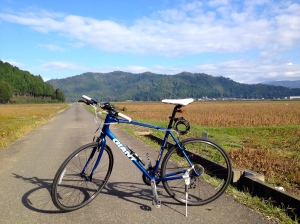
This is my weapon of choice – the cross-bike. With a road-bike frame, mountain bike handlebars, and tires a little in the between, it’s the ideal vehicle for my endless explorations.

By far the most prominent is the basket bicycle – endearingly known in Japanese as the chari. These things are everywhere – crowding the parking lots of shopping malls and karaoke bars, weaving pedestrians on narrow sidewalks, even rusting along flooded riverbanks. These too come in several styles. Your standard chari is a one-size-fits-all single-gear urban-commuter machine. You can load it up with groceries on your way home, mount it with your business suit and umbrella on your way to the commuter train, or even bring a daring high school buddy along for a bumpy ride over the rear wheel guard. There’s a chari experience available for everybody.

Another common cruiser in the chari family is the mom-bike, known as the mamachari. Rather than a front basket, the mamachari comes equipped with a child seat perfect for adorable Japanese toddlers. Got twins? No problem! A second seat can also be outfitted above the rear wheel. Now you can drop the whole family off at daycare.

More common in the wealthier suburbs, you’ll also find an esteemed cousin of the chari family – what I call the motochari. Got money but not cool enough for a motor scooter? You can buy a chari with an electric motor to power through those hills and get you to work without doing much work.
Recently I learned of a less-spoken-of member of the chari family. Perhaps you could call him the bad boy that the chari clan is a little embarrassed of. To be fair, he’s really not a whole lot different from your typical chari, save for the occasional ironic license plate or faded stickers. In fact, you might not even recognize him parked carelessly amongst his brothers outside the convenience store. He is best distinguishable by his attitude in action. In the Japanese language, there’s a slang word used to describe hyperactive, manic behavior. It’s pronounced geki. When you add that baditude to the innocence of the chari, you get something frighteningly new – the gekichari.
***
I was shocked. My breath hung in the air with surprise. Did he really just do that? I watched in amazement as the dark figure and his sketchy ride barreled past me and through the red intersection. The squeaking of his rusty gears assaulted the peace of the night. He didn’t even have his light on. As the figure shrunk in the distance, I noticed a crooked license plate fixed behind the seat and a bent umbrella carelessly stuffed beside the rear wheel. Though I had only heard stories of such things, as I listened to the frantic squeaking of his pedaling grow faint, I knew exactly what this was. Gekichari.
***
In Japanese culture, there’s hierarchy and order to nearly everything. Bicycles are of no exception. Of course, cars and motorcycles are the rightful kings of the street, but the road-bike is given its fair share of space. With a helmet and decent lighting, a well-pedaled road-bike is granted the same respect as any other vehicle. Due to its comparable speed, the cross-bike enjoys the same respect under the same conditions. Even the motor scooter, who commonly frequents the shoulder and bicycle lane, will politely pass a cross-bike. The chari family knows it’s place on the sidewalk. No mamachari would ever dare risking the dangers of the street, and even your standard teenager would think twice about such a reckless transgression. And never, never, never would any chari challenge a road-bike or cross-bike to an open street race. Yet there is one member of the chari family not too fond of such rules. Yes, the gekichari.
***
My competitive instincts were pricked. Did he really just pass me? On a chari? I looked left and right. No cars in sight. Should I run it? I gripped the handlebars and made ready for an immediate chase, then paused. No. Cooler heads will prevail. Order will be restored. My breathing steadied and my eyes narrowed on the red light hanging above me. Ready. Set. Go! With the flash of green my bike jumped forward, rapidly climbing the gears to my normal cruising speed. Within a minute he was in my sights, only a few meters from my handlebars. The squeaking of his frantic pedaling, sounding ahead of me rather than behind me, was an insult. I made ready for my pass, but the approaching headlights over my shoulder were a warning sign. Wait. The road grew crowded as a line of cars formed behind another red light. Good, a fair start. I downshifted and eased up my pedaling in anticipation of the bicyclist slowing to a stop. But no, this was no ordinary bicycle, this was gekichari. Without hesitation he swerved wide to the right, crossing into the lane of oncoming traffic and rushed past the line of cars toward the steady red light. No way. With legs like justice, I pushed into my pedals and jumped up to the sidewalk, climbing back to full speed. We were nose to nose with a line of stopped cars rapidly filing between us. I tried stealing a glance through the passing windows, but could make out nothing behind the figure’s dark hood and the glow of taillights. Just as the light flashed green, I jumped ahead of the lead car, about a meter ahead of the front tire of gekichari. There, that settles that. I eased back into my normal cruising speed as the road banked slightly uphill. He can’t catch me now.
The peace was momentary – only seconds actually. Above the sound of passing cars, I could faintly hear that awful sound. Why is it still here? The glare of headlights over my shoulder ceased, and to my astonishment, a dark figure emerged in my peripheral vision. The dreadful squeaking had quickened its tempo as the dark figure pushed hard out of the saddle. No way. I was too surprised to fight back as he pulled centimeters ahead of my front tire. The chase was on. I kept my position for a good while, studying my opponent, awaiting the opportune moment to strike. He glanced over his shoulder and heightened the tempo again in an attempt to widen the gap. I didn’t resist. He’ll get tired. How long can he keep that crazy pace? I kept my distance of a few meters as the chase wore on for several minutes. Not yet, not yet. To my amazement, he showed no signs of relenting. All the while, the squeaking gear ground down my patience. The glow of headlights from behind stopped. I glanced over my shoulder – all clear. The road ahead was flat and straight. Now! I shifted up and pulled into the middle of the lane with a comfortable passing speed. Effortlessly, I pulled a length ahead. I waited a few seconds for a respectful gap to form before filing ahead, but it didn’t come. Is he speeding up? The heightened pitch of his pedaling confirmed my fears. I put some muscle into my gears and secured my rightful place in front. Order restored.
My quads tightened as I stepped up the pace. There’s no way he’ll catch me now. The road began to make its final downward descent. Ahead was the last intersection before the river, where I would depart the street for the peaceful riverside bike path – the finish line. The rush of wind in my ears was deafening as I reached top gear. Muscles strained and breathing quickened, my eyes squinted against the icy air. I grew in confidence as the end of the road came in sight. But the race wasn’t over.
It can’t be. Above the roar of the wind I could barely hear it. Squeak-squeak-squeak. The pitch and pace were manic. It’s just in my mind. It wasn’t. I was shocked. A dark figure slowly pulled up beside me – now shoulder to shoulder. No way. I tried to steal a glance despite the risk of pulling my eyes from the rushing pavement. Still, nothing but a dark hood under the rapidly passing streetlights. The break in my focus was enough to lose my advantage. No way! Slowly he began to nose ahead of me. Our speed was now maddening. About a hundred meters ahead a car sat parked on the shoulder of the road. My opponent was blocking me in, leaving me no room for a safe pass. No way!! It was decision time. This game of chicken was reaching new stakes. I clenched my jaw and tightened my grip. But no. Cooler heads did indeed prevail. I ceased my pedaling and eased on the brake. No way. He pulled victoriously ahead. Then in an instant he was gone. The road quickly split and he veered to the right for the bridge overpass. I banked left and down to the riverside. Within seconds the wild squeaking of his gears disappeared, and the stillness of the night resumed. I slowed to a stop at the intersection. My foot touched down on the curb. Billows of breath rose like steam as my heart pounded on with the rhythm of the now-finished race. Despite the frigid air, my shirt was damp with sweat. I opened my jacket to cool off, my chest still rising and falling for air. What just happened?
I paused in silence with the night, then was overcome with laughter. No way! The light changed green and I crossed over to the peaceful riverside trail. My breathing returned to normal and I calmly pushed on along the murmuring water. The moonlight illuminated a smile on my face. I couldn’t believe it. I couldn’t believe I was goaded into a late-night street race by a mysterious hooded figure on a rusty chari. And I lost! My cross-bike lost to a chari! I tried coming up with excuses but couldn’t. I lost!
So this one is for you, Mr. Gekichari Hero. You, who challenges the norms of a culturally rigid society. You, who with your one, squeaking gear and strong legs, refuses to be second place. You stood up to me on my superior bicycle, and you got the better of me. You outmuscled me. You outmaneuvered me. You won. And from those of us who ride, we salute you.





